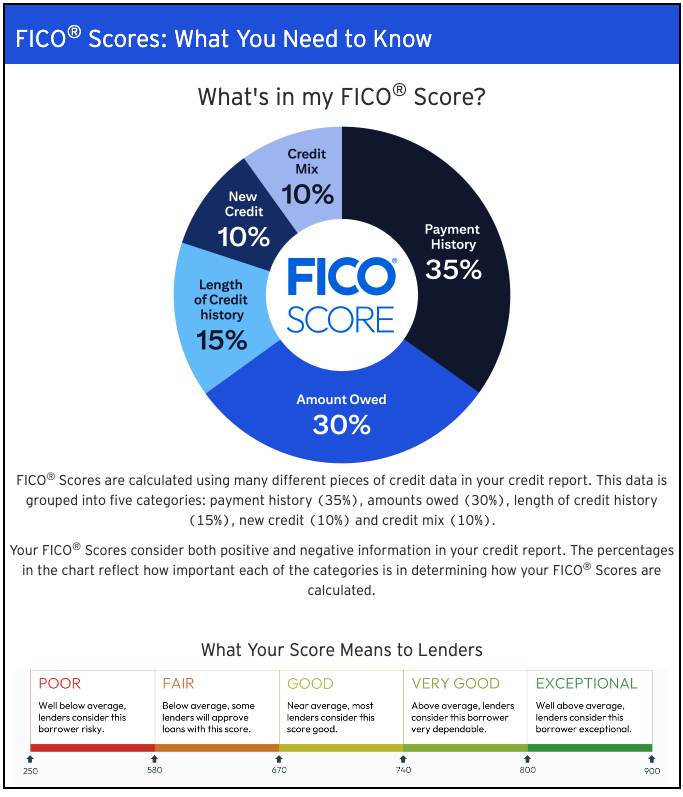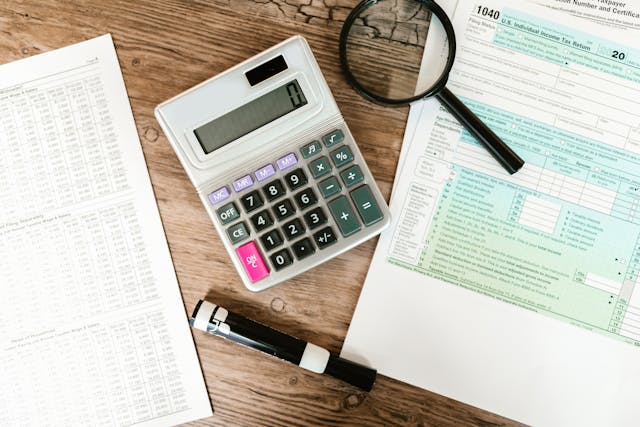How to Write a Lease Violation Notice
Everything you need to know about Lease Violations

In an ideal world, your tenants adhere strictly to the lease agreement, and you'll never have the need for a lease violation notice. However, it's wise to have a procedure ready should you need to address any deviations from the lease terms. This article will cover typical lease infractions, the steps for drafting a lease violation notice, and how long a tenant has to fix the problem.
Common Lease Violations
Some lease violations happen more often than others. According to LegalNature, common lease violations include:
- Smoking in a no-smoking property
- Regularly missing rent payments
- Neglecting property maintenance
- Repeated noise complaints
- Keeping a pet in a no-pet property
Keep in mind that you also must adhere to the lease terms - it's crucial to follow them closely. A common issue landlords face is infringing on the privacy of tenants, which might result in rent being withheld, city-issued fines, or the termination of the lease agreement. Severe breaches of the lease could even lead to legal charges.
To prevent issues, make sure to prioritize your relationship with tenants. Respond promptly to their requests, particularly those concerning habitability, and take their concerns seriously. A strong landlord-tenant relationship often minimizes lease violations for both parties involved.
What to Include in a Lease Violation Notice
A lease violation notice, or lease violation letter, acts as a way to inform the tenant that they have broken their lease agreement in some way. This official notice provides a time period during which the tenant must correct the problem or face consequences - including the start of the eviction process. In most cases, landlords deliver a lease violation notice before submitting a notice to quit. If the infraction is minor, most landlords are understanding to a point. Here's a lease violation notice template.
If you decide to create your own lease violation notice, it should include:
- The rental unit's address
- The name of the tenant(s)
- The date the letter is mailed
- The lease violation (along with supporting details like date and time)
- A reference to the section of the original lease agreement that has been violated
- The deadline to correct the behavior
- The consequences of continuing to violate the lease
Be polite but firm when writing your letter. Keep in mind that tenants can violate their lease mistakenly, so it's important to use non-accusatory language. Doing so will promote a healthy landlord-tenant relationship, which is important for long-term success!
Please Note:
Before sending a lease violation letter, check your local landlord-tenant laws to ensure you allow your tenant the proper amount of time to correct their behavior. You will also want to check what the repercussions can legally be, although these should have been outlined in the original lease agreement.
How Long Does a Tenant Have to Fix Their Behavior?
The consequences of violating the lease should be clearly spelled out in the original lease contract and can vary greatly by state, city, and landlord. For example, Colorado landlords must serve their tenants with a 10-day notice to fix the problem, after which point an eviction lawsuit can be filed - unless it's a recurring issue.
According to Nolo, "if a [Colorado] landlord has already served a notice to cure or quit for a lease violation and the tenant repeats the same violation at a later time, the landlord can send the tenant a notice to quit without an opportunity to fix the matter (sometimes called an unconditional notice to quit)." On the other hand, California landlords only need to give their tenants three days to correct lease violations or move out. Given the variation in required timelines, it's more crucial than ever for landlords to be familiar with federal, state, and local landlord-tenant laws.
Created on: 04/18/24
Author: CreditLink Secure Blog Team
Tags: late rent , smoking , pet , tenant , landlord , leasing , lease , broken lease , eviction , lease violation,






















